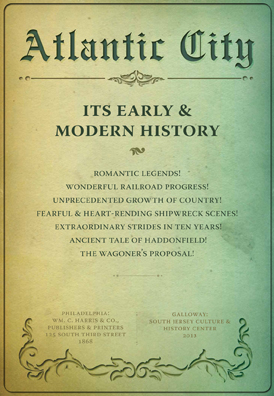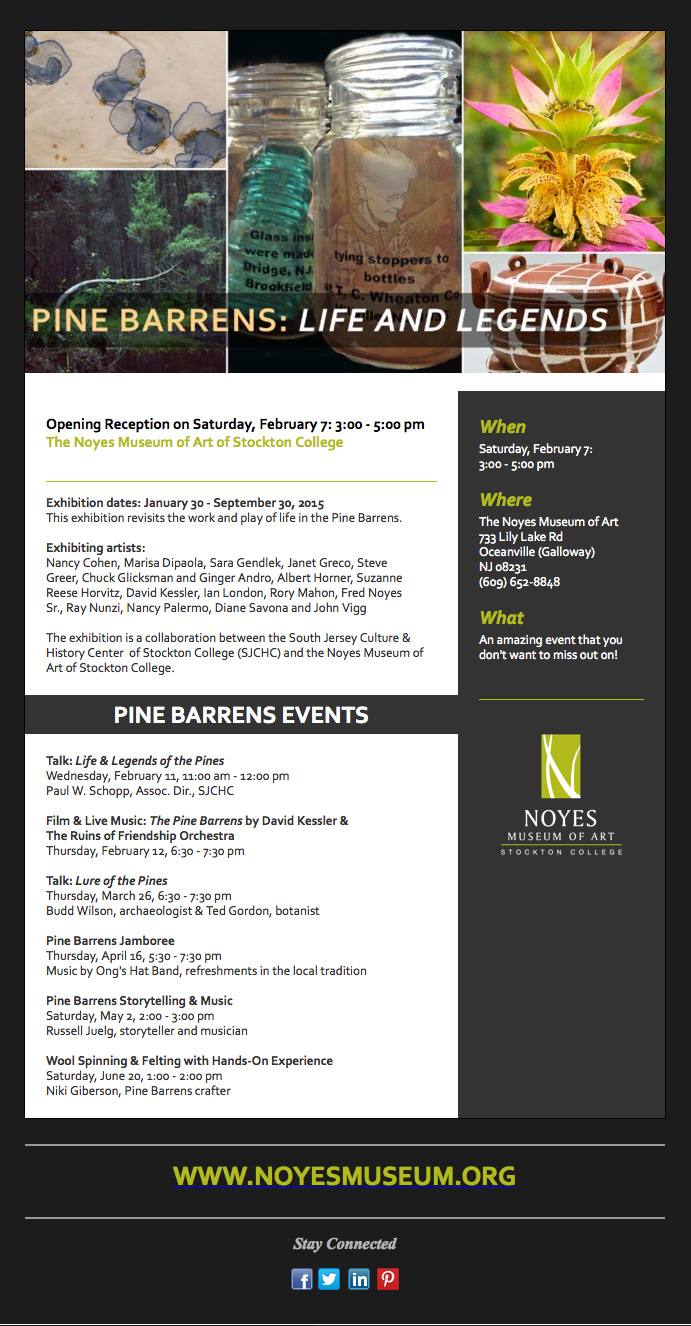Sesquicentennial of the Battle of Fort Fisher, North Carolina
and the defeat of Wilmington
Elias Wright, a distinguished military officer who later became Joseph Wharton’s land agent, surveyor and trusted friend, was there
Presenter: Betsy Carpenter
Date: Saturday, January 17, 2015
Time: 1:00 p.m.
Place: Batsto Visitors Center Auditorium
Union General Ulysses S. Grant called the January 15, 1865 Union defeat of Fort Fisher “. . . one of the most important successes of the war.” Colonel, later Brevet Brigadier General, Elias Wright, commanded the 3rd Brigade, 3rd Division, 25th Army Corps, United States Colored Troops in the defeat of this Confederate stronghold, a massive earthwork fortress that had long provided cover for blockade runners bringing armaments up the Cape Fear River to Wilmington, North Carolina for General Robert E. Lee’s troops.
Nearly 8,000 men of the 24th and 25th U. S. Army Corps, under the leadership of General Alfred Howe Terry, landed at Federal Point, NC on January 13, 1865. Admiral David Dixon Porter, Commander of the North Atlantic Squadron, led his naval forces in providing cover for these ground forces. General Grant, in his report recorded in the Official Records, wrote that “In the afternoon of the 15th the fort was assaulted, and, after most desperate fighting, was captured, with its entire garrison and armament.”
A month later, on February 19, 1865, the 3rd Brigade, commanded by Colonel Wright, moved up the telegraph road toward Wilmington. On the 20th these men encountered the enemy. The 5th Regiment of this Brigade was deployed as skirmishers and a sharp skirmish ensued. Colonel Wright sustained a severe wound to his right arm, a wound that plagued him throughout the rest of his life.
Discover how this distinguished officer, later Joseph Wharton’s farm manager, land agent, and surveyor extraordinaire, gained a reputation as a “military genius” whose strategic skill in maneuvering his regiment to save his men. . .” moved up through the ranks from 2nd Lieutenant of Company G, 4th Regiment, New Jersey Volunteer Infantry to become a highly regarded officer leading a Brigade.
 “I’ve burned charcoal every conceivable way,” Herbert Payne once told the writer, “from using that metal kiln you see sitting over there to that partially buried pit with the drainage pipes sticking out.”
“I’ve burned charcoal every conceivable way,” Herbert Payne once told the writer, “from using that metal kiln you see sitting over there to that partially buried pit with the drainage pipes sticking out.” 


